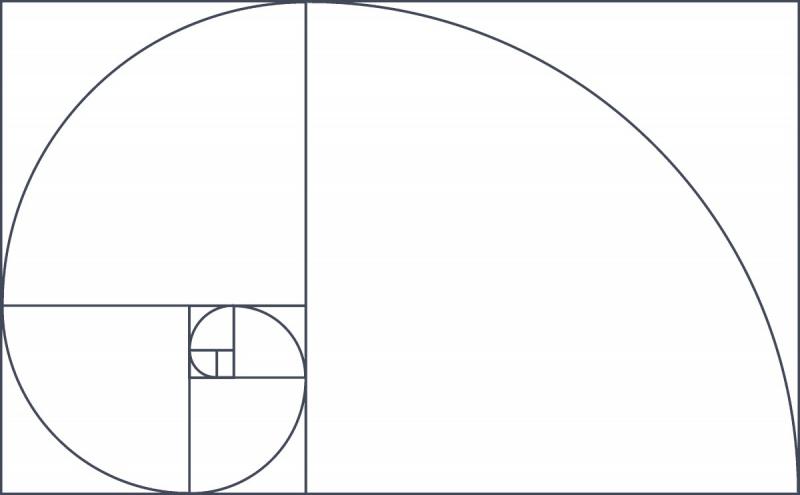by Matthew Russell - Posted 5 years ago

Long time, no see my Vigilante Nation. It’s only been 1 day, but it seems like forever. You guys are my air (said while sobbing sweetly). Ok, enough with all this mushy stuff. Lets get on with it and see if we can’t learn ya’ somethin.
In our quest to dissect what makes a good layout, we now come to the Golden Spiral. How does this work, why does this work, where is it found. I’ll do you one better, How is it found?
Are you ready for this. Remember this sequence of numbers (or don’t, I don’t care):
0, 1, 1, 2, 3, 5, 8, 13, 21, 34, 55, 89, 144, 233, 377, 610, 987, 1597, 2584, 4181, 6765, 10946, 17711, 28657, 46368, 75025, 121393, 196418, 317811, ...
Now you know everything there is to know. Good job.
“Wait, good sir. What does this have to do with art?”
I am so glad you asked. Bravo for being so polite about it. We get this sequence by adding the 2 sequential numbers before it.
Start with 0 & 1. Together they make 1. So now our sequence is 0, 1, 1. Add the 1 & 1 and we get 2. 2 and 1 is 3. 2 & 3 is 5. 5 & 3 is 8. This keeps going on and on.
By applying these dimensions we get the Golden Ratio.
If we take this and extrapolate further the length of one side of each square should equal a number in the sequence (the 0 is not needed for drawing any of the square), but the beginning point can be called (0,0), if we set it up that way.
You will have a 1X1 square (use any unit of measurement you want, at any size, just be consistent) with a second 1X1 drawn next to it on the left side of the first, then down to put 2X2, and right for 3X3, then up for 5X5, and then left to fit 8X8.
Well here are some examples:





Ok. Enough of that for now. Let’s get back to how this applies to layout. Check out the image below.
